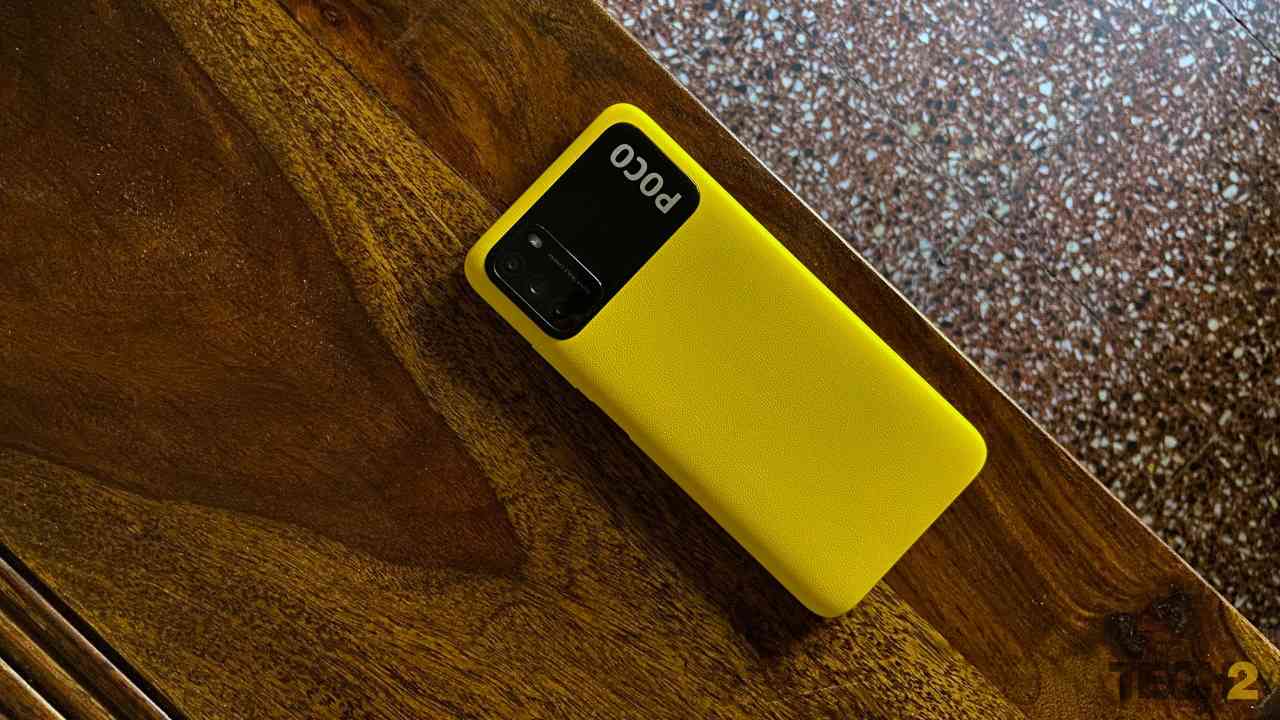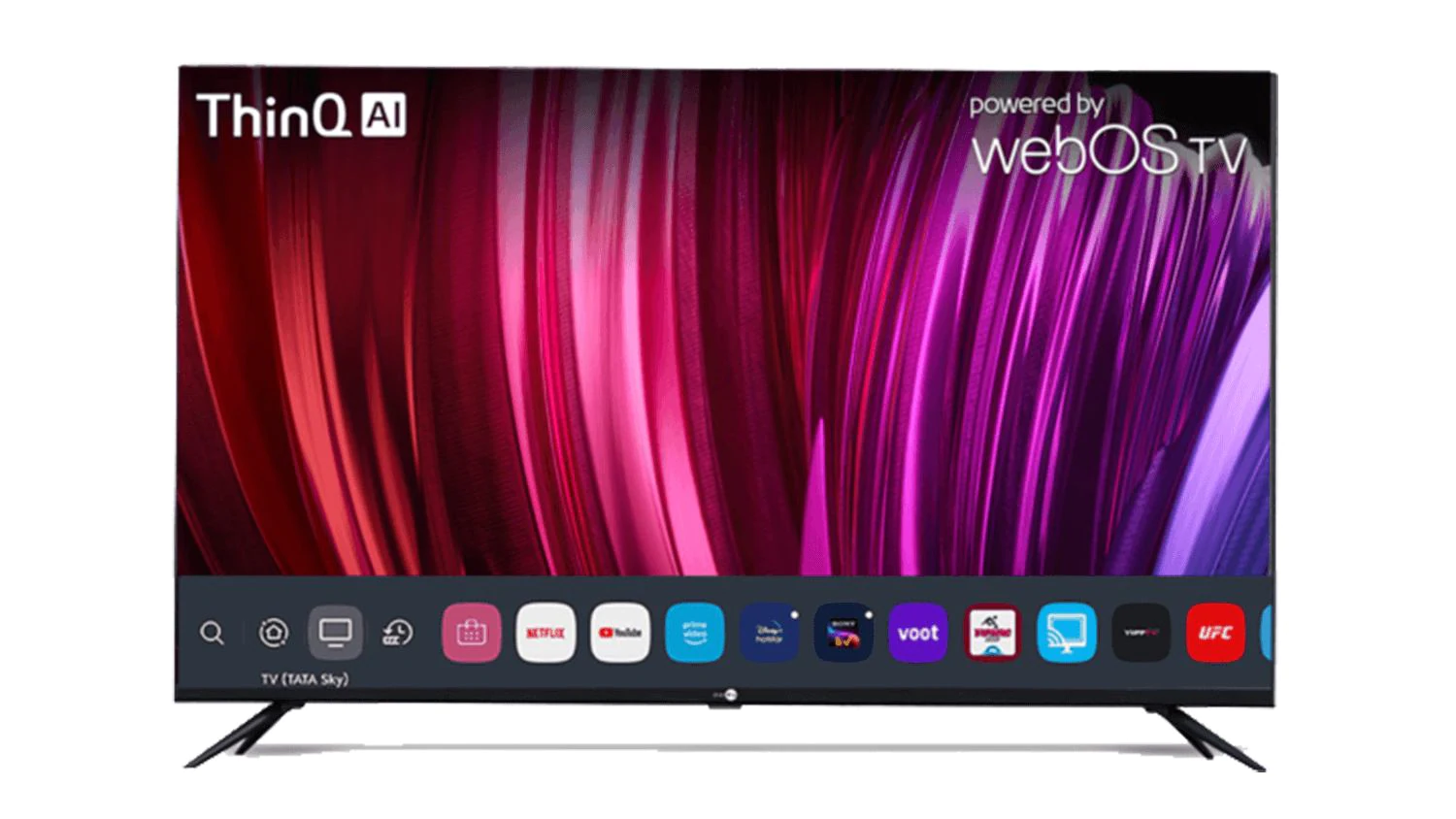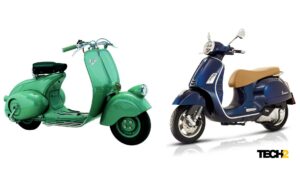Sheldon PintoFeb 26, 2021 15:02:11 IST
The budget smartphone scene in India is not about miracles – it is usually about compromises. If a phone performs well, its camera is probably not great. Or if the camera and performance are fine (read passable), the phone usually does not look great and will mostly be a grimy, plasticky mess complete with bad build quality. In the case of Xiaomi’s Redmi 9 Power (Review), software optimisation and that rather entry-level 4 GB RAM are basically what would be a turn off for many. In my review, I obviously did not expect it to perform like a Note 9 Pro Max, but sadly, it was not up to the mark even when it came to regular app-related tasks and ended up feeling more entry-level than budget.
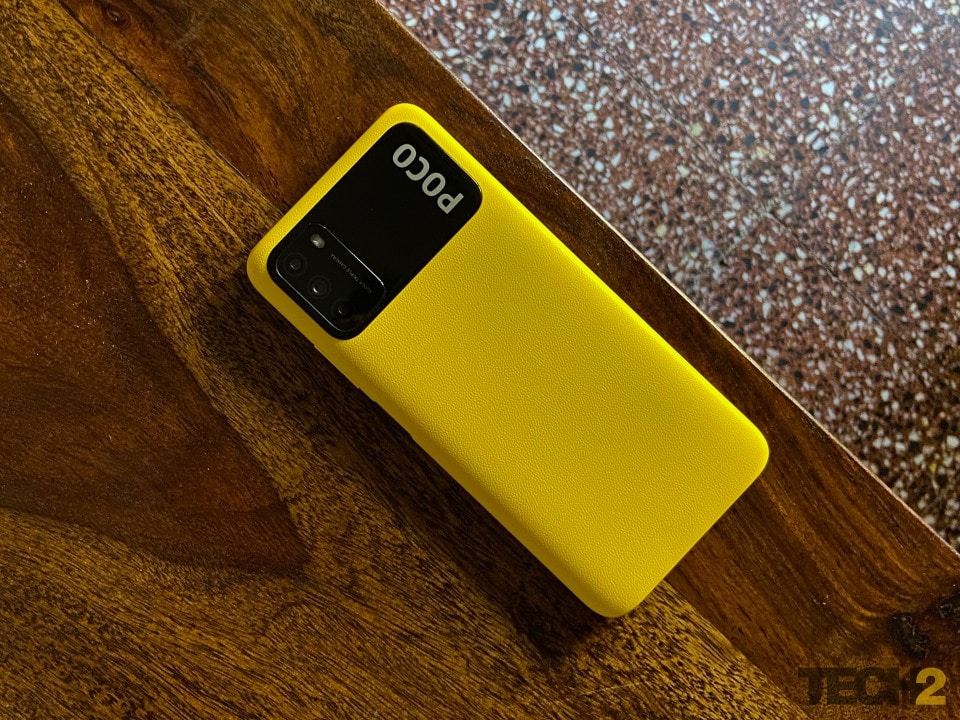
Poco M3. Image: Tech2/Sheldon Pinto
And now we have the Poco M3, that is basically a rebranded Redmi 9 Power. It has the same hardware inside and even looks similar when it comes to the overall design. But Poco being ‘Poco’, tweaked things a bit and added a base 6 GB RAM variant that takes care of the performance issues I witnessed with the 9 Power. But this isn’t a miracle, as Poco chucked out the 8 MP ultra-wide camera in its favour. Fortunately, the refreshed design (borrowed heavily from the 9 Power) looks and feels better than anything in this budget.
So, in a smartphone segment that has spoiled customers when it comes to features and choices, but left them with plenty of compromises, let’s find out if this recipe from the Xiaomi parts bin leaves us content or with a bitter aftertaste.
Hello, yellow!
The Poco M3 is available in three colour options: Cool Blue, Power Black and Yellow. If you are thinking of buying one, just go for the Yellow and ignore everything else. Why? Well, because it looks cool. I have never been this excited about getting my hands on a smartphone in a long time. At the same time, I was a bit worried about quality because the M3 is a low-end budget smartphone. But, to my surprise, it exceeded my expectations.

Poco, being given the same base design, took a really interesting route by using a polycarbonate unibody plastic shell with a leather-like textured feel. Image: Tech2/Sheldon Pinto
I’m not really a fan of the 9 Power’s basic plastic body, but it was practical (incredibly grippy) and functional (gathered no prints or grime), so it gelled well with my budget smartphone expectations. Poco, being given the same base design, took a really interesting route by using a polycarbonate unibody plastic shell with a leather-like textured feel.
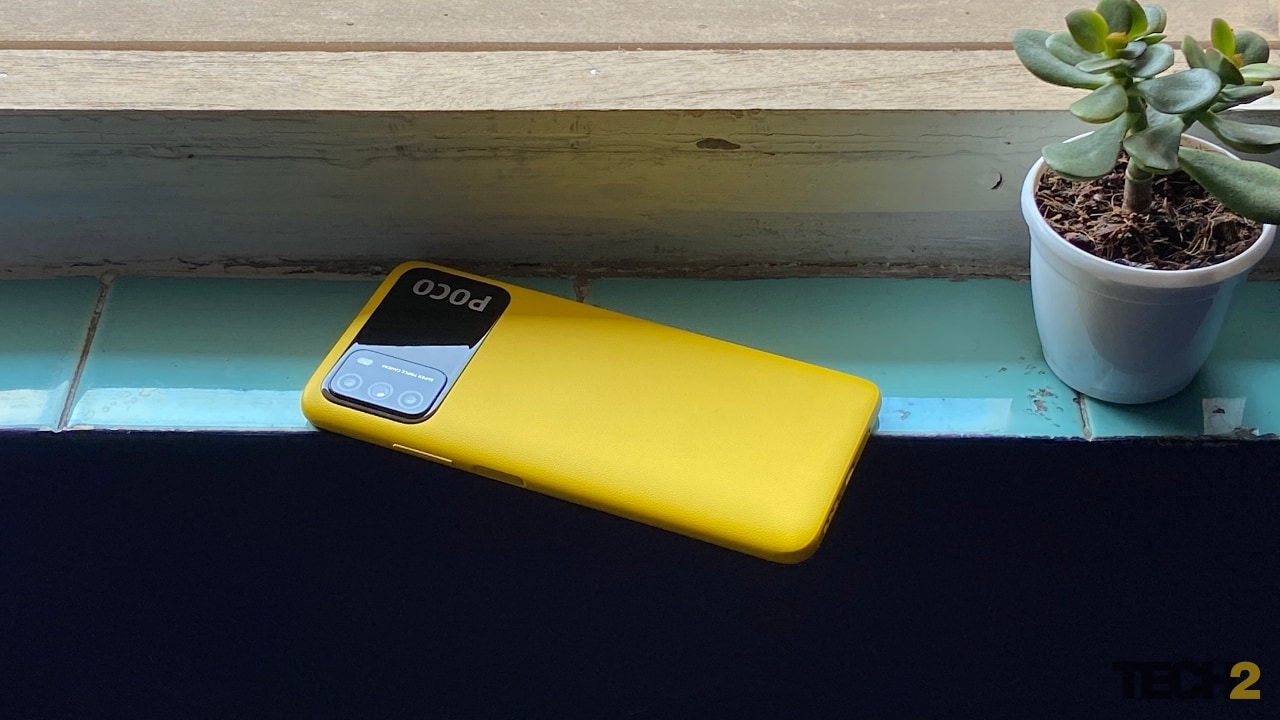
The good bit about going with coloured polycarbonate is the phone won’t turn discoloured or show off the base plastic. Image: Tech2/Sheldon Pinto
The yellow colour looks closer to Nokia’s 8110 (banana feature phone) but feels solid and is not painted plastic like on the 9 Power. The good bit about going with coloured polycarbonate is the phone won’t turn discoloured or show off the base plastic after a few bumps and scratches, as the plastic itself is yellow in colour. Also, the matte back does not gather fingerprints or scratches easily.
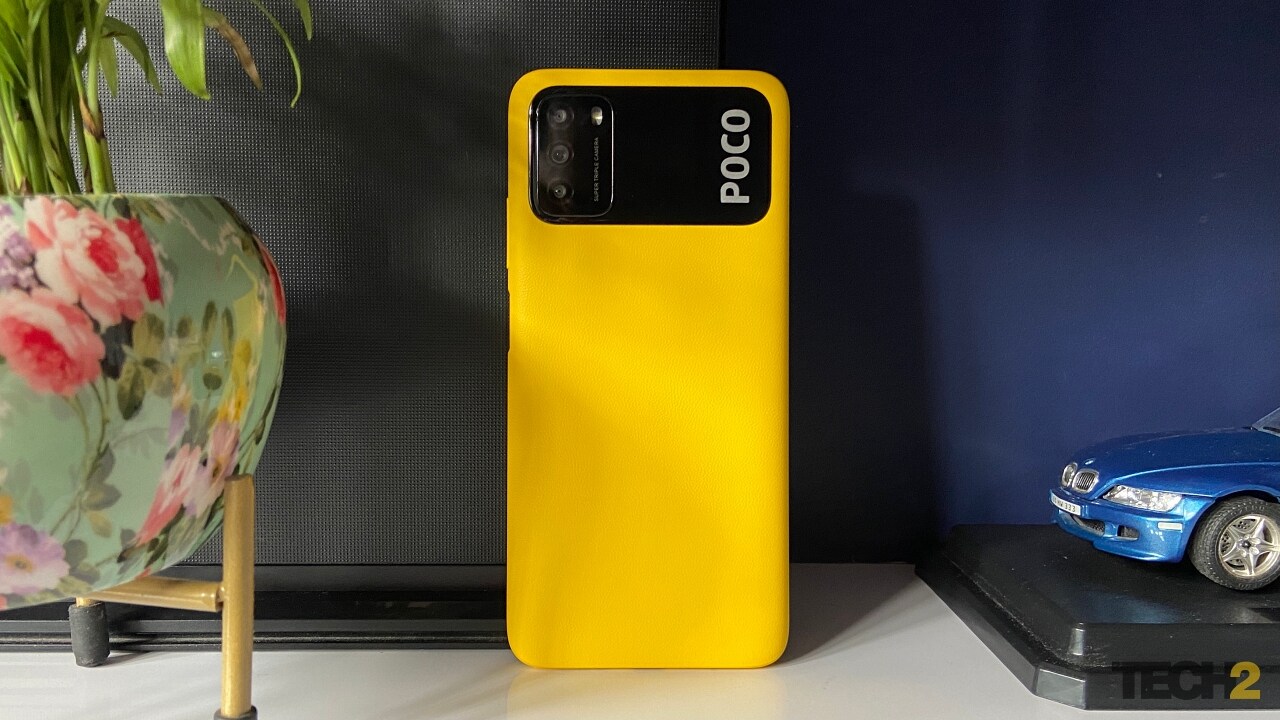
Image: Tech2/Sheldon Pinto
The M3 also feels quite solid and turns plenty of heads, especially with that massive camera unit that’s the definition of excess. Despite being abnormally large in size, the shiny black plastic camera inlay stands out nicely in contrast to the yellow back. The last time I used a device this unique was when I got my hands on the Nokia Lumia 1020 in 2013 (with that gigantic PureView camera). Indeed, it’s a missed opportunity that Nokia is chasing faux glass backs and faux metal frames these days (save for the underpowered Nokia 2.4) when it mastered the art of plastic design years ago.
A good display equipped with stereo sound
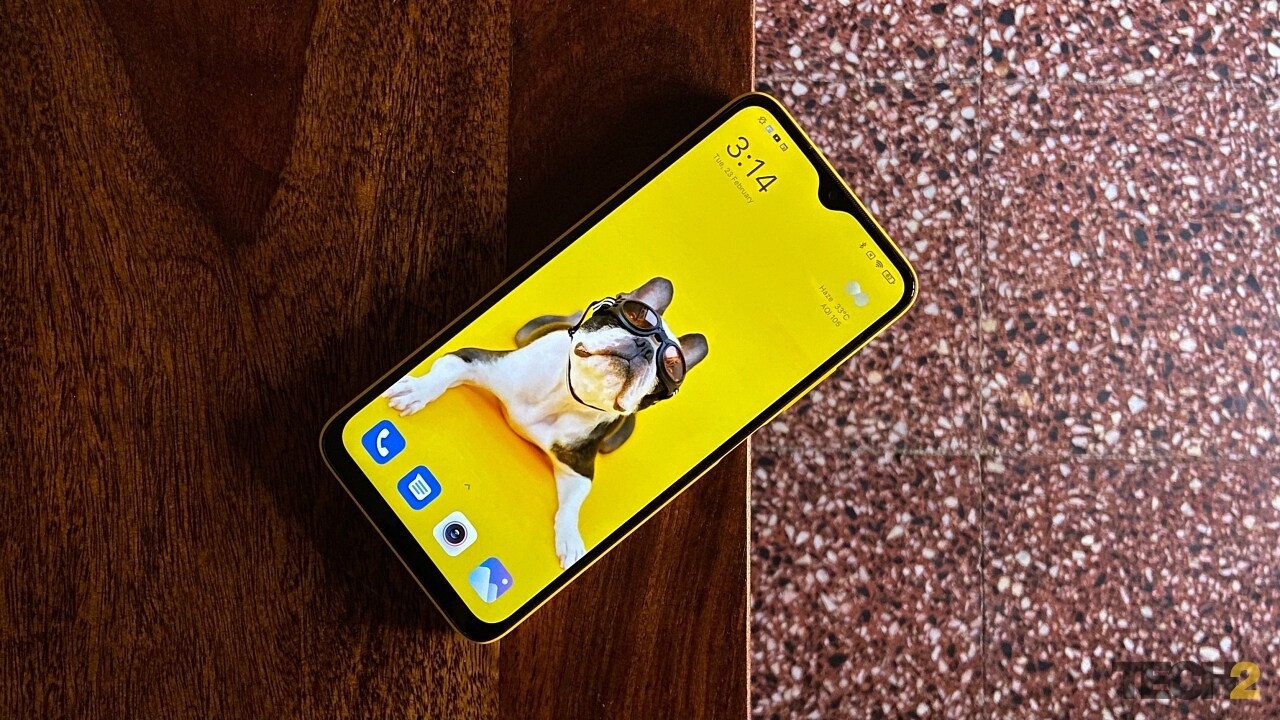
Brightness seems to drop when viewed off centre, but the colours still hold up. Image: Tech2/Sheldon Pinto
The display of the Poco M3 is identical to the one on the 9 Power, but seems to be calibrated better, so the colours don’t pop as much as they do on the latter. Brightness seems to drop when viewed off centre, but the colours still hold up. The display also worked well in direct sunlight and typing messages, watching movies or playing games was an enjoyable experience with minimum eye strain.

Speaker sounds great and are better than everything else you can get in this segment at the moment. Image: Tech2/Sheldon Pinto
Ramping up things for this display is the dual-speaker setup that gets you a primary speaker at the bottom and a secondary unit up top. The secondary speaker is basically the receiver speaker with an outlet at the top edge to channel the sound. Regardless, they sound great and are better than everything else you can get in this segment at the moment. Gaming felt immersive and streaming the latest episode of Snowpiercer (in FHD, thanks to Widevine L1 support) without earphones was not a problem, as they are sufficiently loud and clear. And if you miss your wired buds, there’s always a 3.5mm headphone jack available.
Bloated but smooth enough
Unlike the Redmi 9 Power, MIUI 12 (stuck on Android 10) on the Poco M3 was a much smoother experience. This could possibly be down to the 6 GB RAM included in the base variant, but there also seem to be optimisations in place, letting apps remain in memory for longer, making multitasking a smooth experience. Of course this still won’t be able to top a proper budget phone like the Redmi Note 9 Pro (or the Max), but it runs smooth enough and also seems quite stable, despite having all the UI animations and transparency elements enabled.
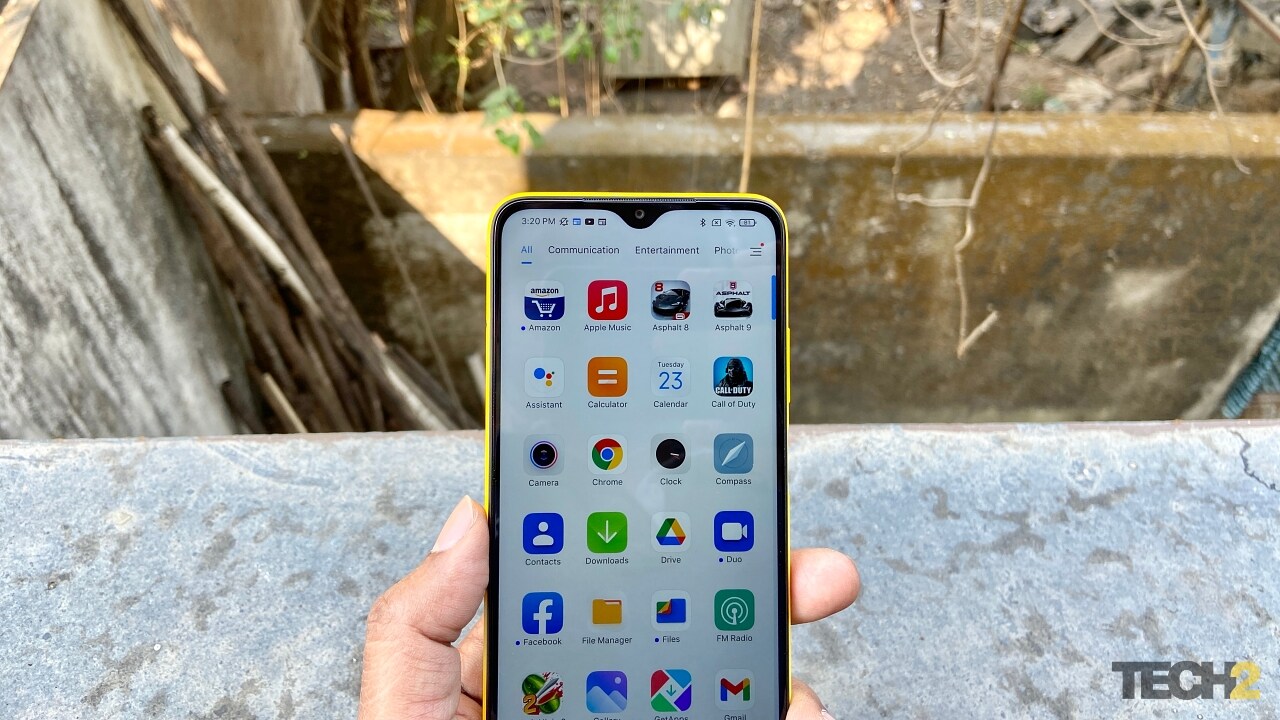
Unlike the Redmi 9 Power, MIUI 12 (stuck on Android 10) on the Poco M3 was a much smoother experience. Image: Tech2/Sheldon Pinto
Despite having the ‘POCO clean experience’, there are plenty of third-party apps and games that come pre-installed. Also annoying is the GetApps app, which will throw notifications at you several times a day. Thankfully, you can switch them off in settings.
It can run 3D games
With a Qualcomm Snapdragon 662 chipset inside, I didn’t even expect budget gaming performance from the M3. The phone is good for playing casual mobile titles such as Candy Crush or Blades of Brim. You can run high-end titles such as Call of Duty: Mobile or Asphalt 9 Legends, but the phone warms up quickly and begins to lag horribly.
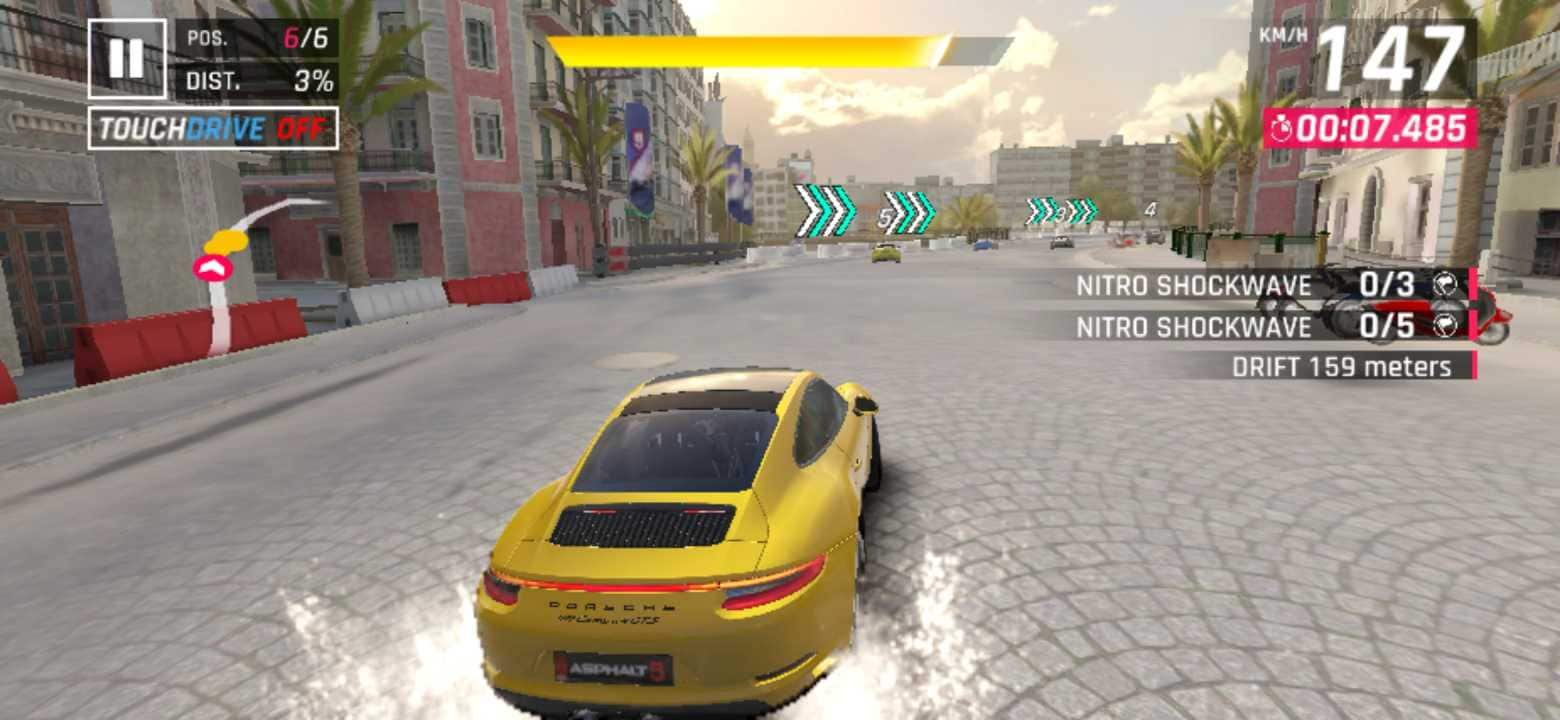
With a Qualcomm Snapdragon 662 chipset inside, I didn’t even expect budget gaming performance from the M3. Image: Tech2/Sheldon Pinto
CODM ran best at medium graphics and high textures, but became quite hot after about two Frontline tournaments, beyond which the phone began to lag and slow down. Asphalt 9 was playable with the graphics set to Performance (the lowest settings possible), which did make the otherwise eye-candy visuals bland and devoid of texture.
Older titles such as Real Racing 3 and Asphalt 8 ran much better, but with some minor stuttering. All in all, it is good enough to play older 3D games, but not newer titles.
What annoyed me more was the incorrect calibration of the gyroscope. It was off by about 15 degrees, which meant I had to play games with the device held at an angle to offset the incorrect calibration. To confirm this was not related to any game, I fired up the camera and switched on the Straighten feature. And sure enough, it showed me an off-angle horizon pointing to a calibration issue. I have reported the problem to Poco, so hopefully an upcoming software update should fix this.
Your average budget camera
Photos from the triple-camera setup is the usual stuff we have come to expect from low-end budget smartphones. Photos shot using the primary 48 MP camera showcase just enough resolved detail to let you know that the person, object or scene is real and not a painting. The dynamic range, too, falls a bit short. So, you may end up with photos that show clipped highlights every time HDR mode refuses to activate (which is quite often). Thankfully, when the HDR does fire up (automatically) the photos are exposed well. Sadly, there is plenty of ghosting even in photos shot in bright daylight, so I’d still take the regular ones over the HDR stuff in terms of clarity.
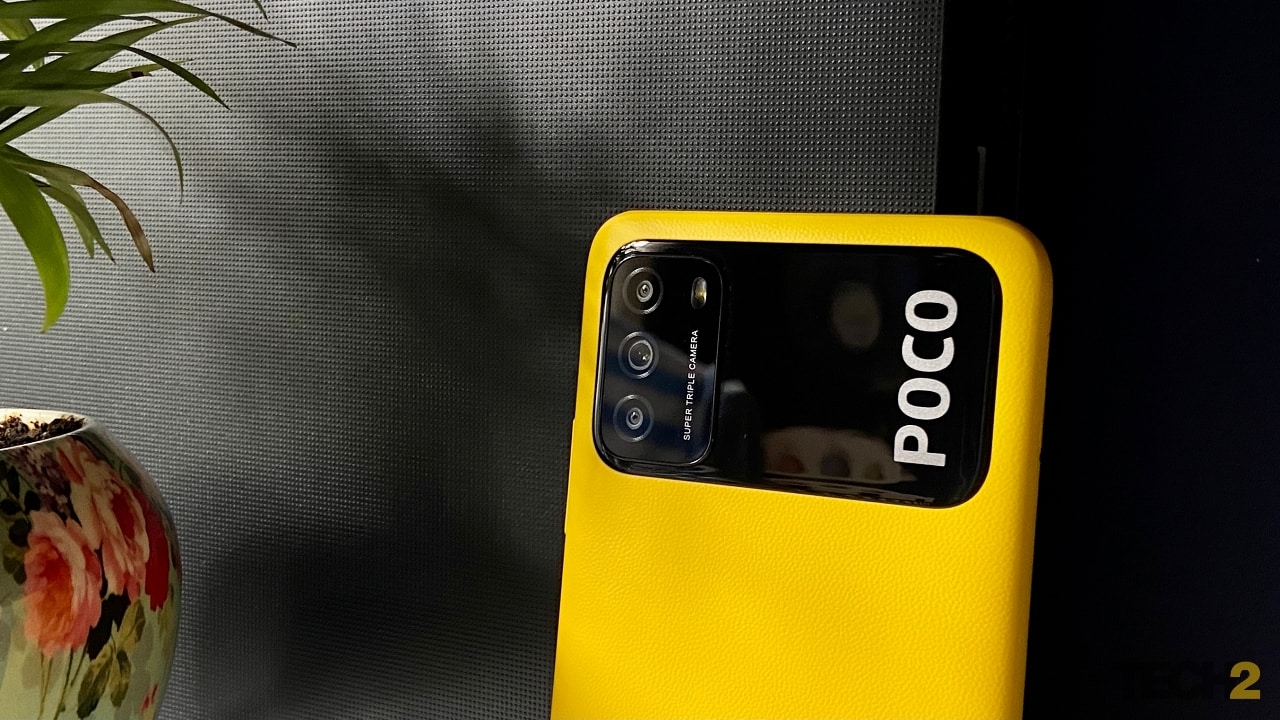
Photos from the triple-camera setup is the usual stuff we have come to expect from low-end budget smartphones. Image: Tech2/Sheldon Pinto
The colours are surprisingly quite natural and stay true to the scene, which is quite the contrast compared to regular budget smartphones that strive to deliver over-saturated photos. However, this positive point takes a U-turn once the sun sets. Photos shot under street lighting come out abnormally yellow or oversaturated. So, I was glad there’s a Night mode that saves the day and shoots some impressive photos that are low on detail, but gets the colours and exposure just right.
 ” target=”_blank”>Click here to see camera samples:
” target=”_blank”>Click here to see camera samples:

The macro camera photos are quite usable as long as you don’t pixel peep, but they were a bit too dramatic (high contrast) and I preferred the photos from the primary camera instead.
I honestly did not feel the absence of the ultra-wide angle camera that was omitted to get more RAM (6 GB instead of 4 GB). With most ultra-wide cameras shooting below average photos, it’s hard to reason why most manufacturers include them in the first place; at least on budget smartphones.
The M3 can handle 720p @30 fps and 1080p video @30fps. The footage lacks any stabilisation, but the quality is not all that bad, with enough detail available in daylight and even indoor settings under artificial lighting. Just make sure you hold the phone really steady when shooting.
Stellar battery life
While bigger batteries on budget smartphones is good news for customers, charging speeds are often quite bad and the M3 – just like the 9 Power – is no different with a 6,000 mAh battery inside. Obviously, things aren’t as bad as the Nokia 2.4 (Review) (that comes with a 5 W charger in the box), but the in-box 22 W charger (limited to 18 W) still takes about 3 hours to go from 0-100 percent.

While bigger batteries on budget smartphones is good news for customers, charging speeds are often quite bad and the M3 – just like the 9 Power – is no different with a 6,000 mAh battery inside. Image: Tech2/Sheldon Pinto
Regardless, I did not end up charging the phone quite often, as that large battery usually lasted me a good two days on a single charge. If you don’t play a lot of games (given that it’s not much of hardcore gaming device), it will last even longer. But when it does die out, I had to make sure I plugged it in before going to bed as a full charge takes a while.
Should you buy one?
Yes.
While I was a bit shaky when recommending the Redmi 9 Power, the Poco M3 seems to be a solid budget smartphone. It fixes the 9 Power’s performance and software-related issues and gets you everything you want (big battery, big display, great design, decent performance with 6 GB RAM) along with everything you will expect (average camera, bloatware, slow updates, slow charging) from a budget smartphone. And at Rs 10,999, keeping in mind that eye-catching yellow finish, it’s hard to recommend anything else at this price point.

